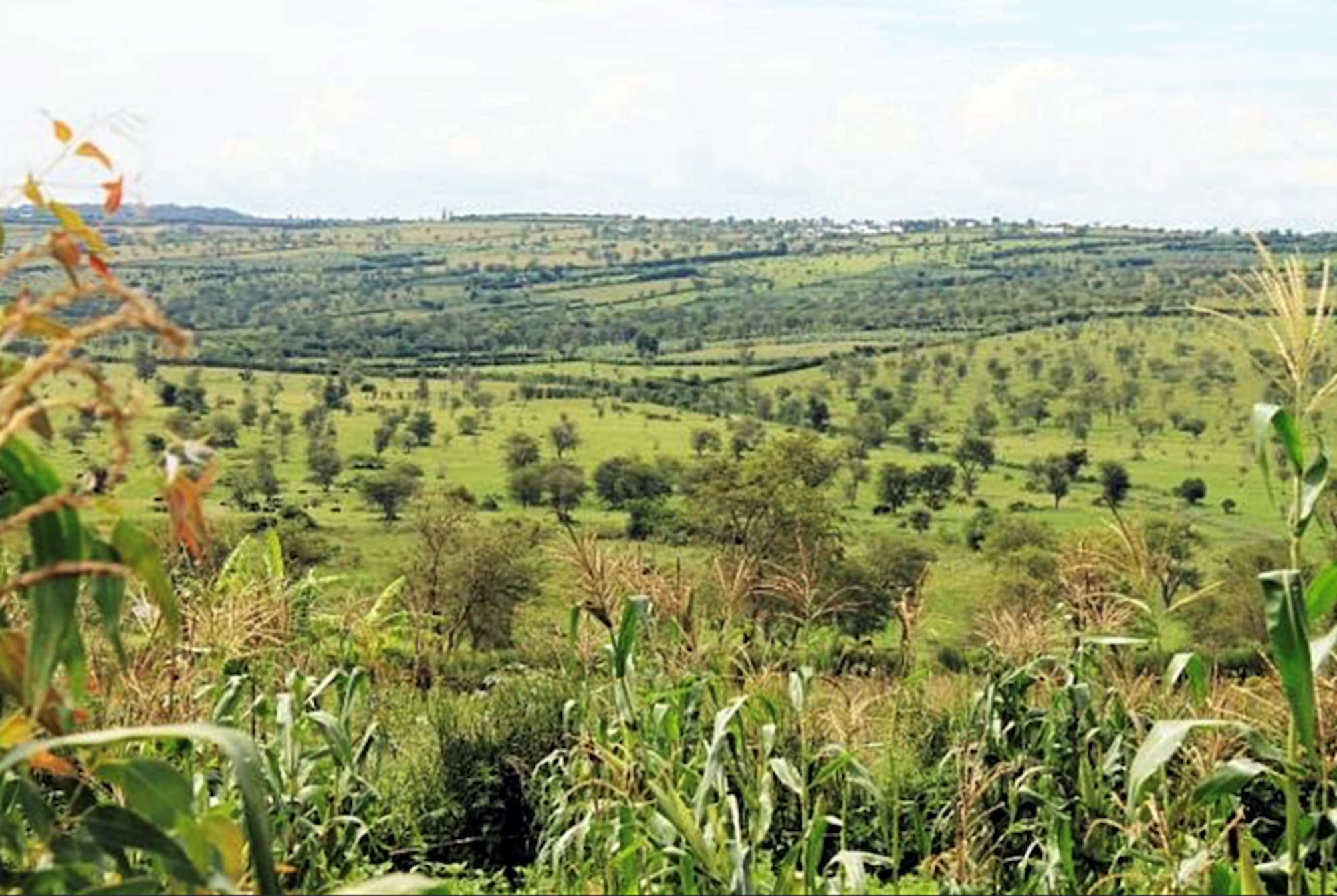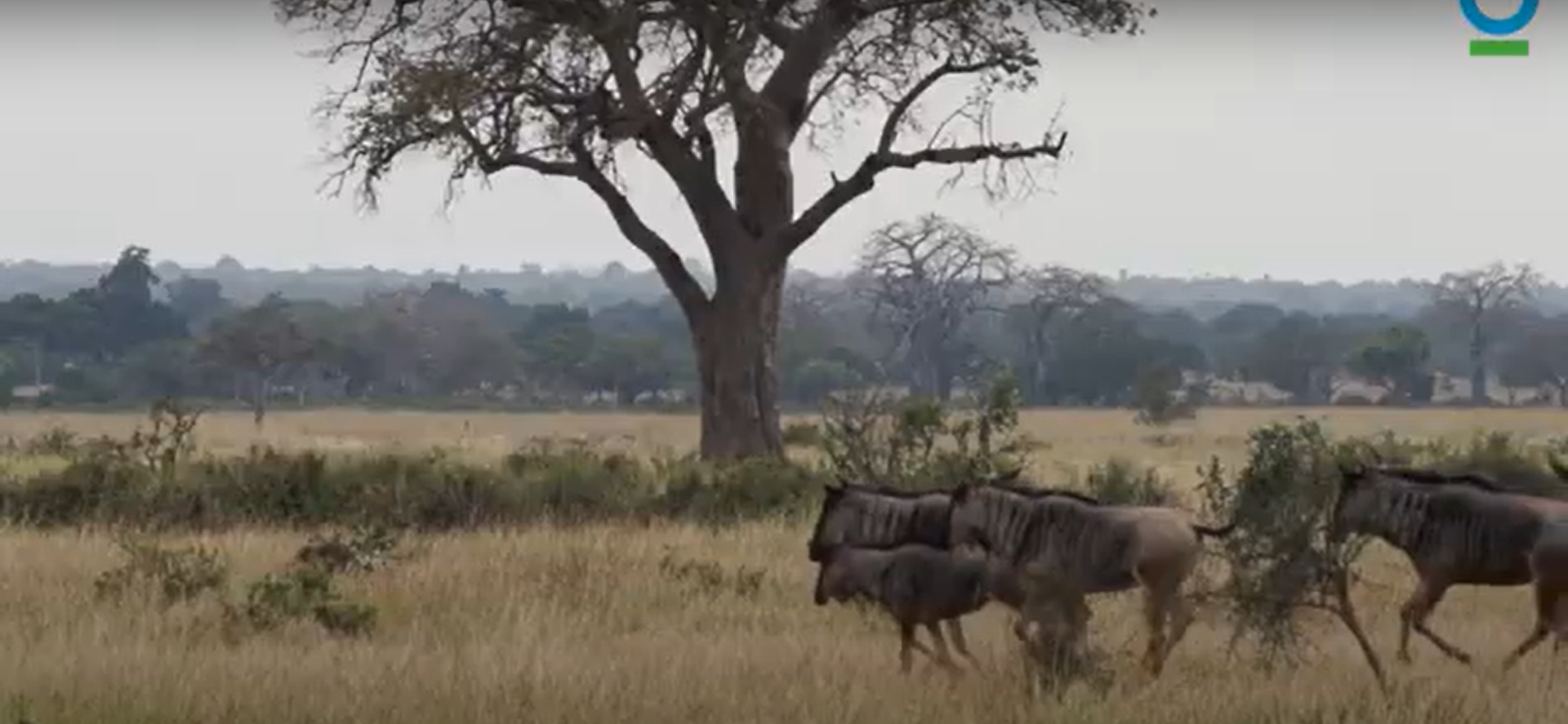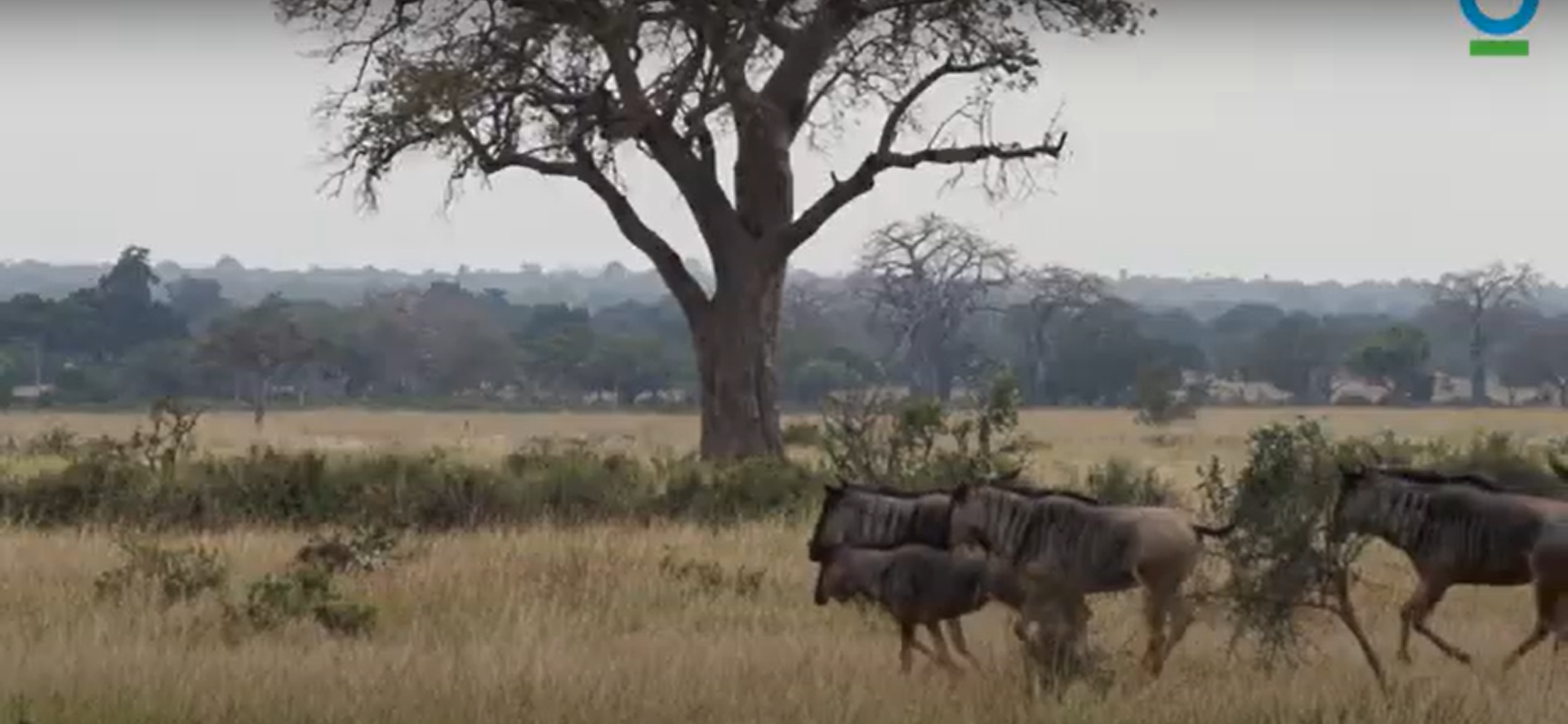Agroforestry
Agroforestry grows trees on farmland in the intercropping system with crops, animals and serves different purposes in land restoration and ecological condition.
Agroforestry grows trees on farmland in the intercropping system with crops, animals and serves different purposes in land restoration and ecological condition.
Ecological restoration of rangelands is promoted in South Africa as an effective and cost-efficient option for building the resilience of local ecosystems. It is very useful to identifying restoration opportunities in rangelands while allowing natural regenerations for biodiversity and grazing.
Establishing local native plants adapted to local climate and soils is key in land restoration in South Africa. When attempting to re-establish native plants in a disturbed site, it is often necessary to irrigate the area in the first season. Once re-established, native plants require little or no irrigation or fertilization. Once drought-tolerant native plants are established, they will maintain themselves.
Timber plantations in South Africa are planted in grassland or shrubland adjacent to natural forest patches. They are burnt or destroyed during uncontrolled wild fires, with natural forest patches not affected. The plantations around natural forests are buffer zones and protect against encroachments and wild fires.
Retention water streams in restoration are basins that catch runoff from higher elevation areas. They are often created near developments and have been gaining in popularity. In South Africa, retention ponds are used to retain the runoff before releasing it into streams and they provide pollutant removal through settling and biological uptake. The collected water are used for irrigation during dry period.
Shallow slope failures due to erosion are common occurrences along roadways. These instabilities are usually relatively small in size, but the consequences can cause major economic and social disruption. The use of deep-rooted vegetative covers is a potential solution of land restoration to stabilize newly constructed slopes or repair shallow landslides in South Africa.

Stakeholder involvement
Relevant stakeholder groups are involved in the LDN target setting process through the LDN national working groups in order to ensure ownership and evaluate trade-offs early on in the planning process and implementation. In South Africa, the LDN working group was established and it is composed of Government Ministries/Department, research institutions, NGOS and Civil Society Organizations as well as private sector. The LDN working group inform policies and decision-making process and pave the way for implementation of the targets and ongoing policy related initiatives.
A coordinating mechanism/platform
LDN Target(s) are integrated into existing environmental, agricultural, infrastructure and overall development policies and plans, including UNCCD NAPs, NDCs, SDG and restoration targets. Most importantly, LDN targets should become an essential component of integrated land-use planning. The Land restoration cross-sectorial task force was established to bring together all the relevant institutions for coordination of stakeholders and monitoring of the key milestones or restoration activities. The proposed time horizon for the achievement of LDN targets is the year 2030 in order to align to the 2030 Agenda for Sustainable Development. All targets set should be measurable according to the LDN indicator framework endorsed at national and global levels. All targets should be validated by the national LDN working groups and endorsed by the Government at the highest possible level which allows their effective implementation.
Capacity building
Capacity building is a key element of achieving land degradation neutrality (LDN). The creation and sharing of knowledge, skills, and techniques are instrumental for effective implementation of the set targets. From the beginning of the target setting process, LDN working group identified the lack of capacity as a major stumbling block to effectively implement the Convention. Over the working group has called for the development and strengthening of capacity – in particular at the grassroots level. The LDN has adopted many decisions concerning capacity building, and Strategy emphasizes capacity building as a key operational objective.
Partnership
Establishment of LDN Target(s) is foremost a political process that utilizes the best available knowledge, including the LDN baseline, to set ambitious and aspirational yet realistic targets. It means defining broad, yet clear, time-bound and measurable objectives on what a country wants to achieve in terms of halting and reversing land degradation and restoring degraded lands through a wide range of possible measures. High level commitments require effective collaboration and partnership to achieve the plans and target milestones. South Africa set LDN targets at national scale with ambition to reach LDN for the entire country taking into account all LDN indicators and stakeholders.
South Africa committed to restore 3.6 million hectares by 2030
Improve productivity and SOC stocks in 6,000,000 hectares of cropland by 2030
Rehabilitate and sustainably manage 1,809,767 hectares of “forest”2 by 2030
Rehabilitate and sustainably manage 1,349,714 ha of fynbos by 2030
Rehabilitate and sustainably manage 87,621 ha of thicket by 2030
Rehabilitate and sustainably manage 2,436,170 ha of grassland by 2030
Rehabilitate and sustainably manage 2,646,069 ha of savanna (< 5m) by 2030
Rehabilitate and sustainably manage 149,877 ha of Succulent Karoo by 2030
Rehabilitate and sustainably manage 528,632 ha of Nama Karoo by 2030
Rehabilitate and sustainably manage 76,525 ha of desert by 2030
Rehabilitate 61,900 ha of wetlands by 2030,
Clear 1,063,897 ha of alien invasive species by 2030
Clear 633,702 ha of bush encroached land by 2030, and
Rehabilitate 350,000 ha of artificial areas by 2030.

Through the LDN target(s), South Africa aims to achieve a balance between anticipated land degradation (losses) and planned positive actions (gains), in order to achieve, at least, a position of no net loss of healthy and productive land. Neutrality is the minimum objective.


